How to create a mobile strategy in the age of 5G
Despite the buzz around emerging network tech, BYOD continues to shine


From folding phones to 5G networks, MWC 2019 has created a new buzz about all things mobile. But how do CIOs make sense of all these developments in mobility, and how can they create a mobile strategy that's right for the rest of the business?
Well, that strategy will depend largely on the day-to-day needs of your business. For Dylan Roberts, chief digital and information officer at Leeds City Council, the immediate focus when it comes to mobile strategy is 5G. Roberts expects to make big progress in networks during the 12 months, with fibre and 5G capability providing the backbone for the development of new services for the city of Leeds and its residents.
"I want Leeds to be the UK city with the largest 5G coverage outside London," he says. "That's going to be enabled because I went to our executive board two weeks ago and I managed to secure support for a full fibre programme. We're going to go to market for this project which will cover the combined network requirements for public sector organisations across Leeds."
That programme will provide full-fibre connectivity to endpoints across more than 1,400 public-sector buildings and, according to early assessments, vendor partners will provide as much as 97% of that connectivity. The result will be a "spider's web" of fibre across the city that will provide an anchor for 5G and the development of new services.
"We're in discussion with the mobile operators now," he says. "It's all well and good putting in place 5G masts and cells, but you need a fibre backbone. We're hoping that we'll encourage the right kinds of conversations - we want to use the spider's web across Leeds as a backhaul network for faster 5G deployments. One of the things we're thinking about is the kinds of additional functionality we can provide."
Roberts says the low-latency networks associated with 5G will be critical for emerging mobile developments, including cutting-edge hardware like Microsoft's HoloLens 2. The city has already supported a trial of HoloLens technology in ambulances - health professionals can use the prototype technology to analyse a patient and ensure the right healthcare decisions are made.
5G for 5G's sake
One of the key lessons from that project, says Roberts, is the critical role of high-speed connectivity along all city routes. This awareness is helping the Leeds IT team focus on how 5G might be used to support mobile-enabled developments in other areas, including allowing clinicians to make video calls and assessments for remote patients in the local region.
Get the ITPro daily newsletter
Sign up today and you will receive a free copy of our Future Focus 2025 report - the leading guidance on AI, cybersecurity and other IT challenges as per 700+ senior executives

Leeds City Council hopes to create the largest 5G network outside of London
"The idea is that the technology helps clinical staff make the right decisions in emergency situations," he says. "When it comes to developing our mobile strategy during the next 12 months and beyond, there's potentially huge uses cases for 5G."
This focus on business objectives is something that resonates with interim CIO and digital advisor Brad Dowden. He says the key focus for CIOs developing a mobile strategy must be on the key outcomes they are looking to achieve. "If you're implementing mobile technology for the sake of it, then that's unlikely to deliver the results your business demands," he says.
"However, if you're looking to implement technologies because you think it might help change the way your employees work, then that can become a guiding principle - and you can then work back from that and think about how an initiative like 5G or new mobile devices might help you achieve your business outcomes."
Dowden, who was CIO at recruitment specialist Airswift until late last year, says an outcomes-based approach must be applied to all areas of mobile strategy, whether that's for underlying infrastructure, application environment or security. And the CIO focus should be on how mobility delivers big business benefits.
"So, everyone in your firm has a mobile device, but is that necessarily the right device to meet your aims?" says Dowden. "You need to think about whether the device you use is workable. Delivery companies really benefit from having mobile devices that run pre-populated forms and that can capture signatures. Salespeople meeting clients, on the other hand, benefit from using a table or a convertible device. It's all about business outcomes."
BYOD still has its place
While meeting objectives is crucial, not every CIO will be spending big on mobility. Richard Gifford, CIO at logistics specialist Wincanton, says his firm doesn't have an explicit mobile strategy. The most senior people in the organisation are allowed to use whichever device they want to, with enterprise apps and data protected through mobile device management.
When it comes to innovation, and some of the types of devices that were showcased by the tech giants at MWC, Gifford says his firm is not prescriptive in how new tools are brought into the organisation and used. The firm runs a bring your own device approach, where executives use a range of approved applications on their own smartphones.
"We're not wedded to Apple, Android or whatever," says Gifford, considering how the use of mobile devices across the firm might change during the next 12 months. "The senior executives tend to use iOS devices, such as iPhones and iPads, and getting them to switch away from their chosen operating system can be pretty difficult."
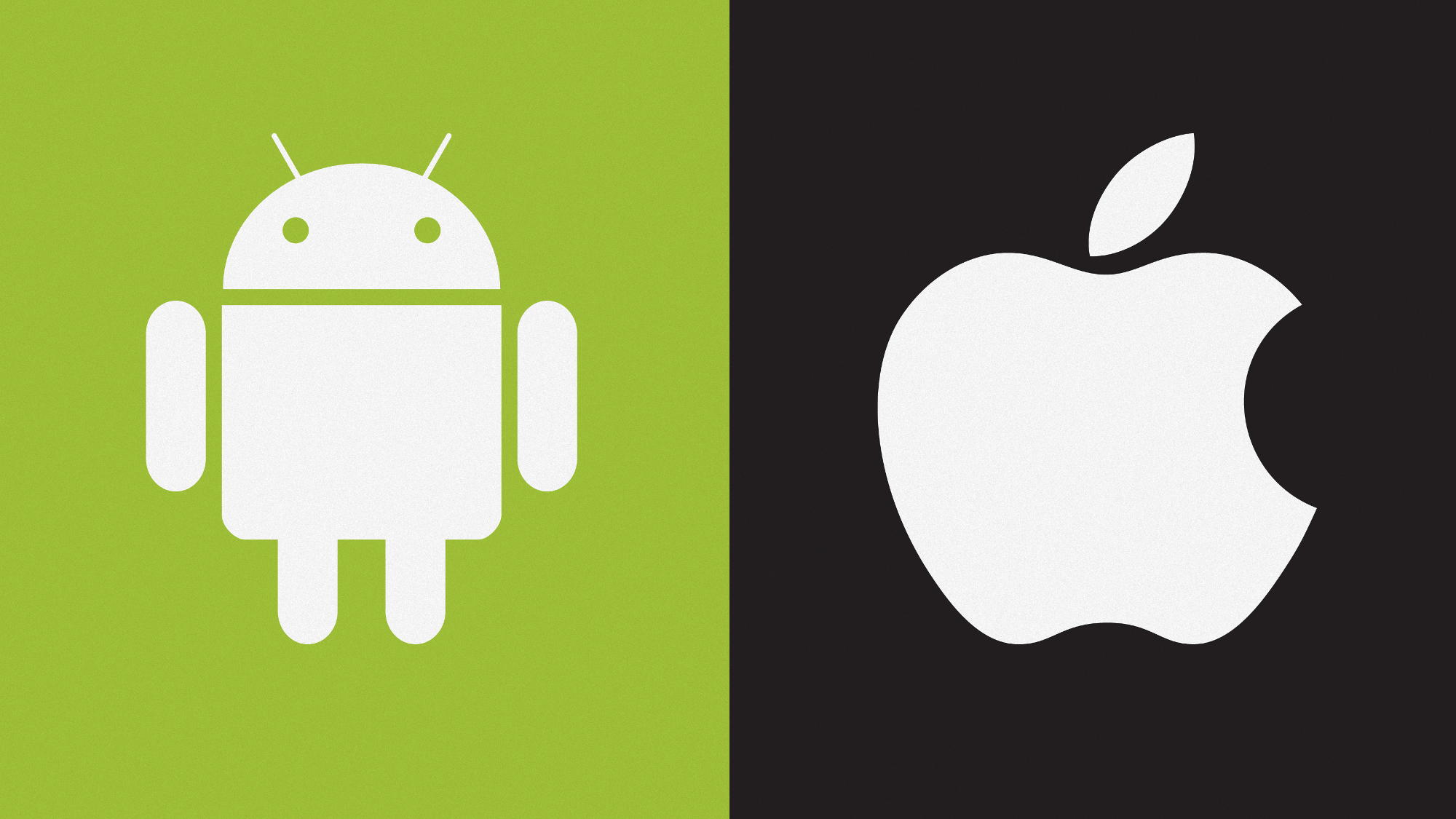
Some in your business may be reluctant to give up their favourite mobile operating system
Wincanton also operates a fleet of devices for its warehouse workers and delivery drivers. Most of these employees use Android devices, however, like his IT leadership peers, Gifford says the key is to find a device that's fit for purpose - and, crucially, at the right price point.
Rather than worrying about 5G networks or foldable devices, the main objective for Gifford is to deliver value to the business right now. "If those devices get lost, stolen or broken, they're cheap enough to refresh and renew," he says.
So, while the potential benefits of applying 5G or investing in smarter devices might appear considerable, CIOs must be careful not to be seduced by the power of innovation and the promise of product marketing. Leeds City Council's Roberts says enthusiasm for emerging mobile technologies, such as foldable phones, must be tempered.
"We sometimes push technology for technology's sake and I'm a real believer in trying to tackle the problem you're trying to solve," he says. "Foldable phones are one thing, but improving digital literacy through tried-and-tested platforms, such as tablets, is more important than giving people the latest smart devices."

Mark Samuels is a freelance writer specializing in business and technology. For the past two decades, he has produced extensive work on subjects such as the adoption of technology by C-suite executives.
At ITPro, Mark has provided long-form content on C-suite strategy, particularly relating to chief information officers (CIOs), as well as digital transformation case studies, and explainers on cloud computing architecture.
Mark has written for publications including Computing, The Guardian, ZDNet, TechRepublic, Times Higher Education, and CIONET.
Before his career in journalism, Mark achieved a BA in geography and MSc in World Space Economy at the University of Birmingham, as well as a PhD in economic geography at the University of Sheffield.
-
 CISA issues warning in wake of Oracle cloud credentials leak
CISA issues warning in wake of Oracle cloud credentials leakNews The security agency has published guidance for enterprises at risk
By Ross Kelly
-
 Reports: White House mulling DeepSeek ban amid investigation
Reports: White House mulling DeepSeek ban amid investigationNews Nvidia is caught up in US-China AI battle, but Huang still visits DeepSeek in Beijing
By Nicole Kobie
-
 Rebooting your BYOD strategy
Rebooting your BYOD strategyIn-depth With hybrid working becoming the norm, there's a need for a device management overhaul. What does BYOD 2.0 look like?
By Kate O'Flaherty
-
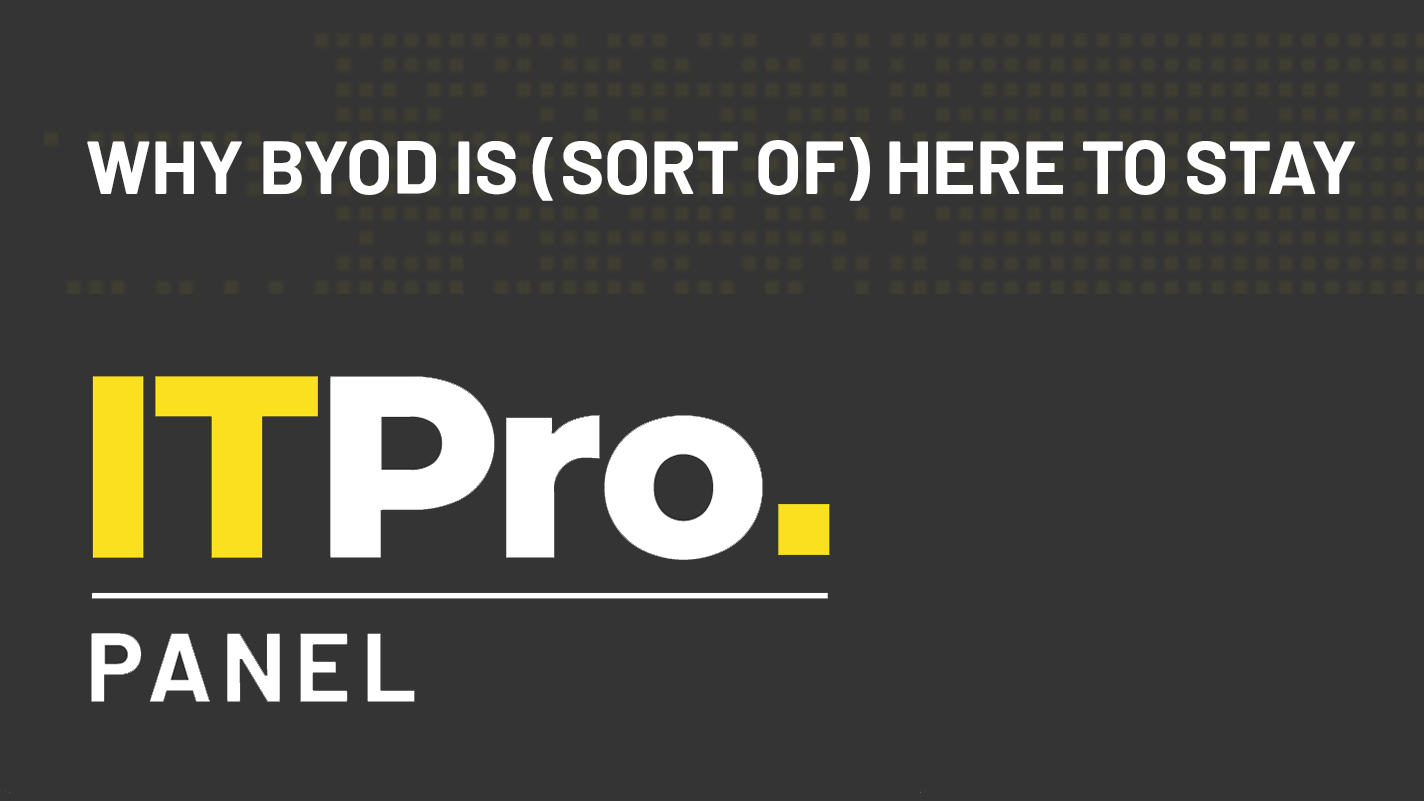 IT Pro Panel: Why BYOD is (sort of) here to stay
IT Pro Panel: Why BYOD is (sort of) here to stayIT Pro Panel CIOs explain why they aren’t going all-in on personal devices
By Adam Shepherd
-
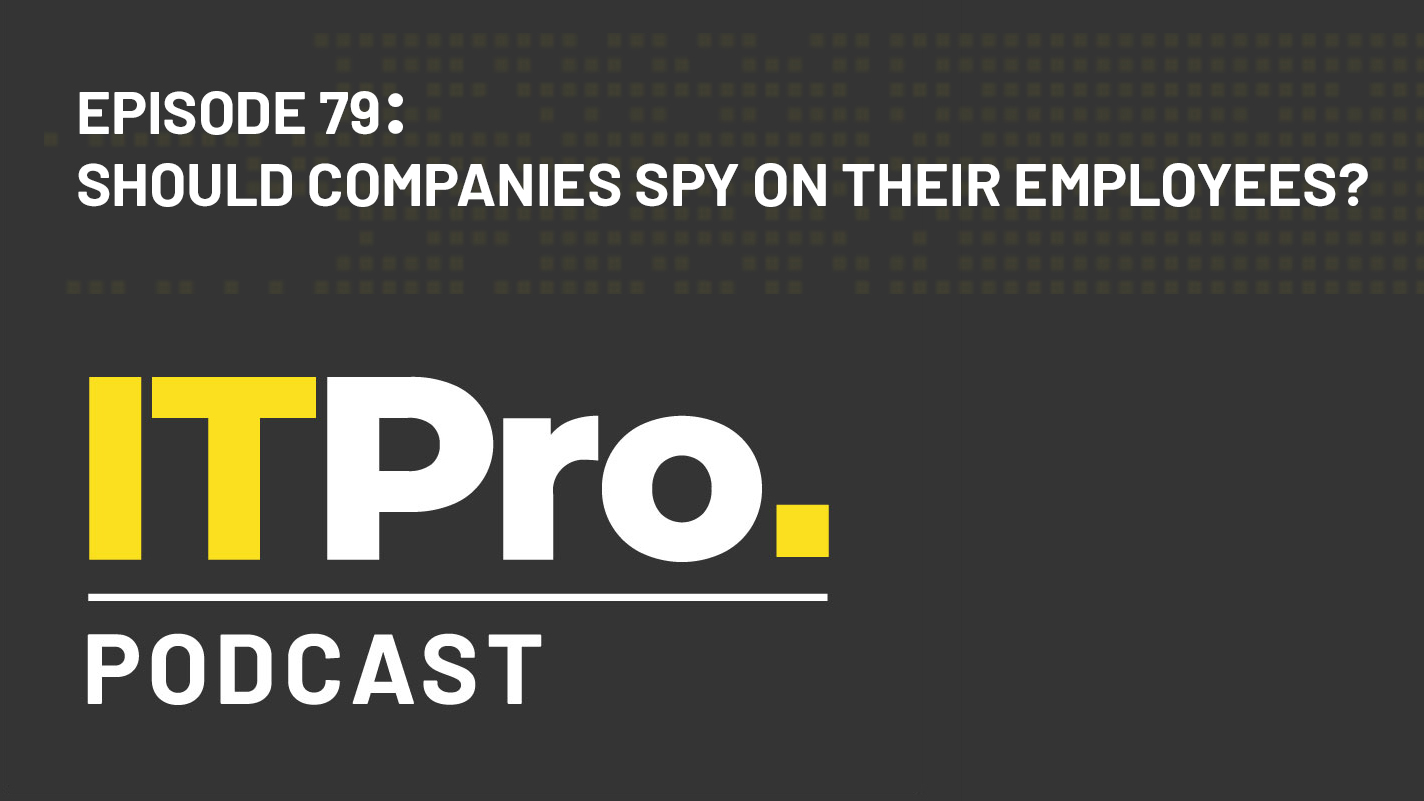 The IT Pro Podcast: Should companies spy on their employees?
The IT Pro Podcast: Should companies spy on their employees?IT Pro Podcast Where’s the line between security and surveillance?
By IT Pro
-
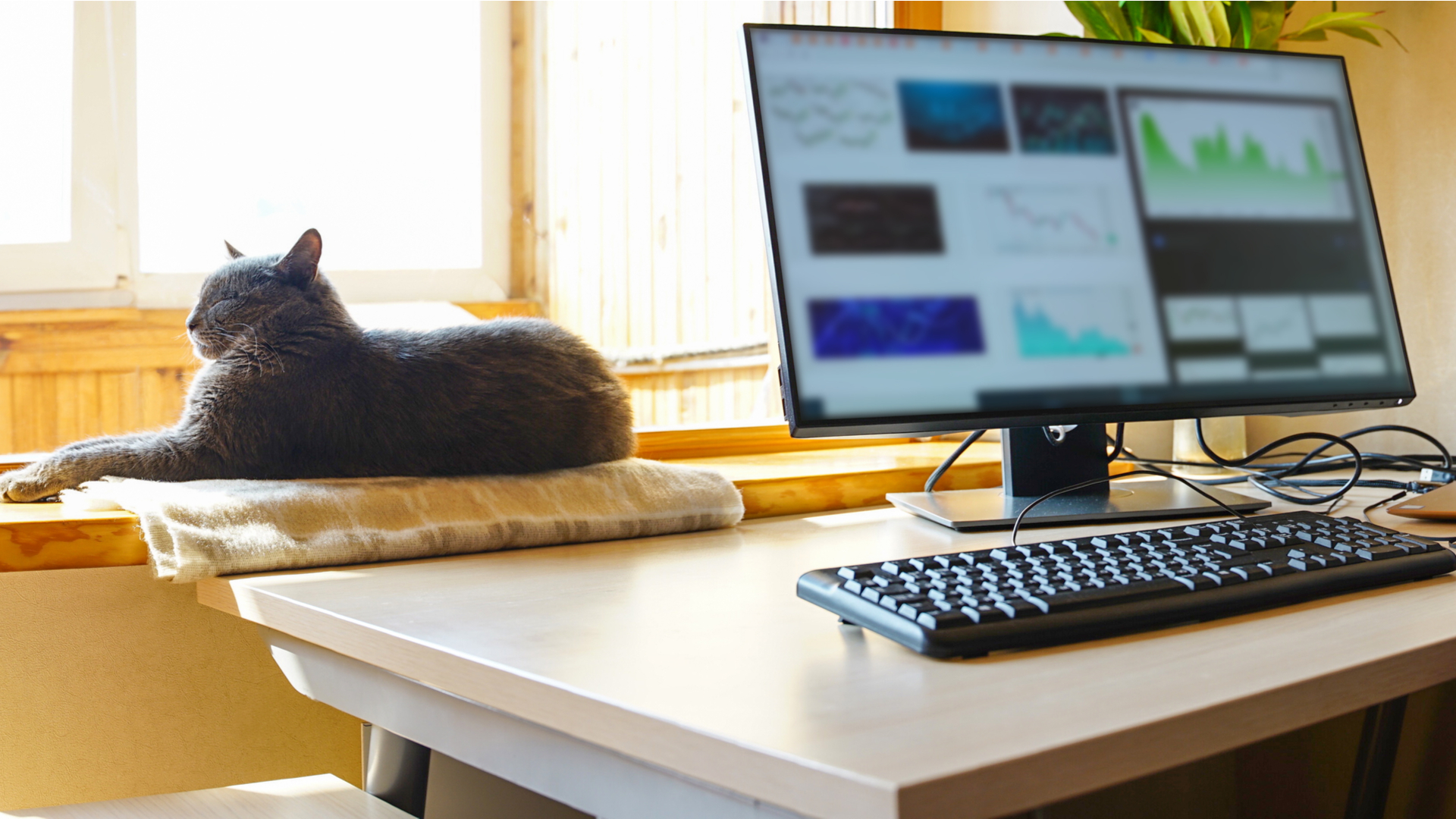 What are employers' responsibilities when we use personal tech to work from home?
What are employers' responsibilities when we use personal tech to work from home?In-depth With many more months of lockdown ahead of us, and workers reluctant to return to the office full time, it's time to think about roles and responsibilities
By Sandra Vogel
-
 What is the 'personalisation of IT'?
What is the 'personalisation of IT'?In-depth With millions of people using personal devices for professional purposes while working from home, consumerisation has entered a new phase
By David Howell
-
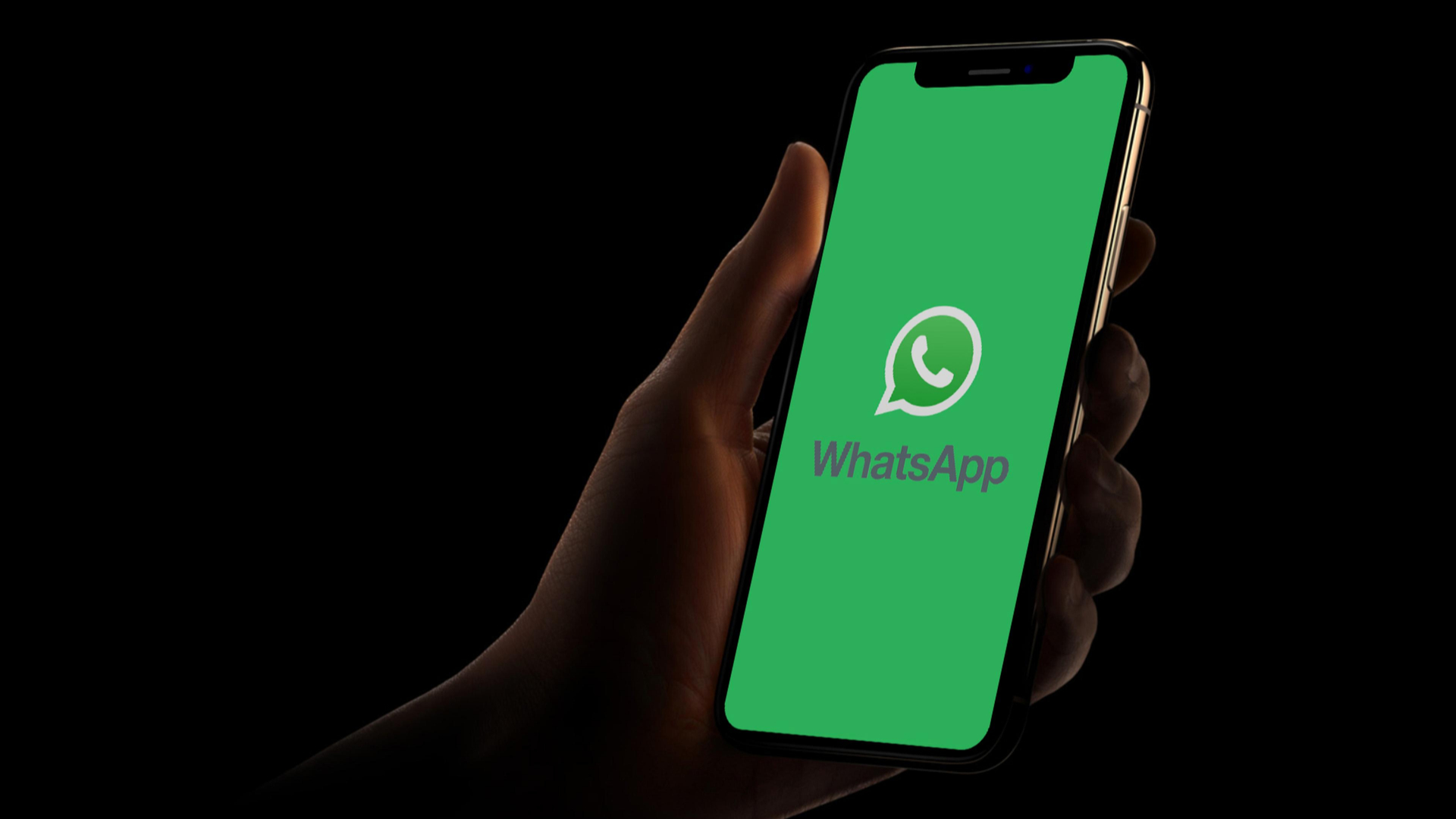 WhatsApp delays controversial privacy update for businesses
WhatsApp delays controversial privacy update for businessesNews Users were asked to share data with WhatsApp’s parent company Facebook in order to continue using the service
By Sabina Weston
-
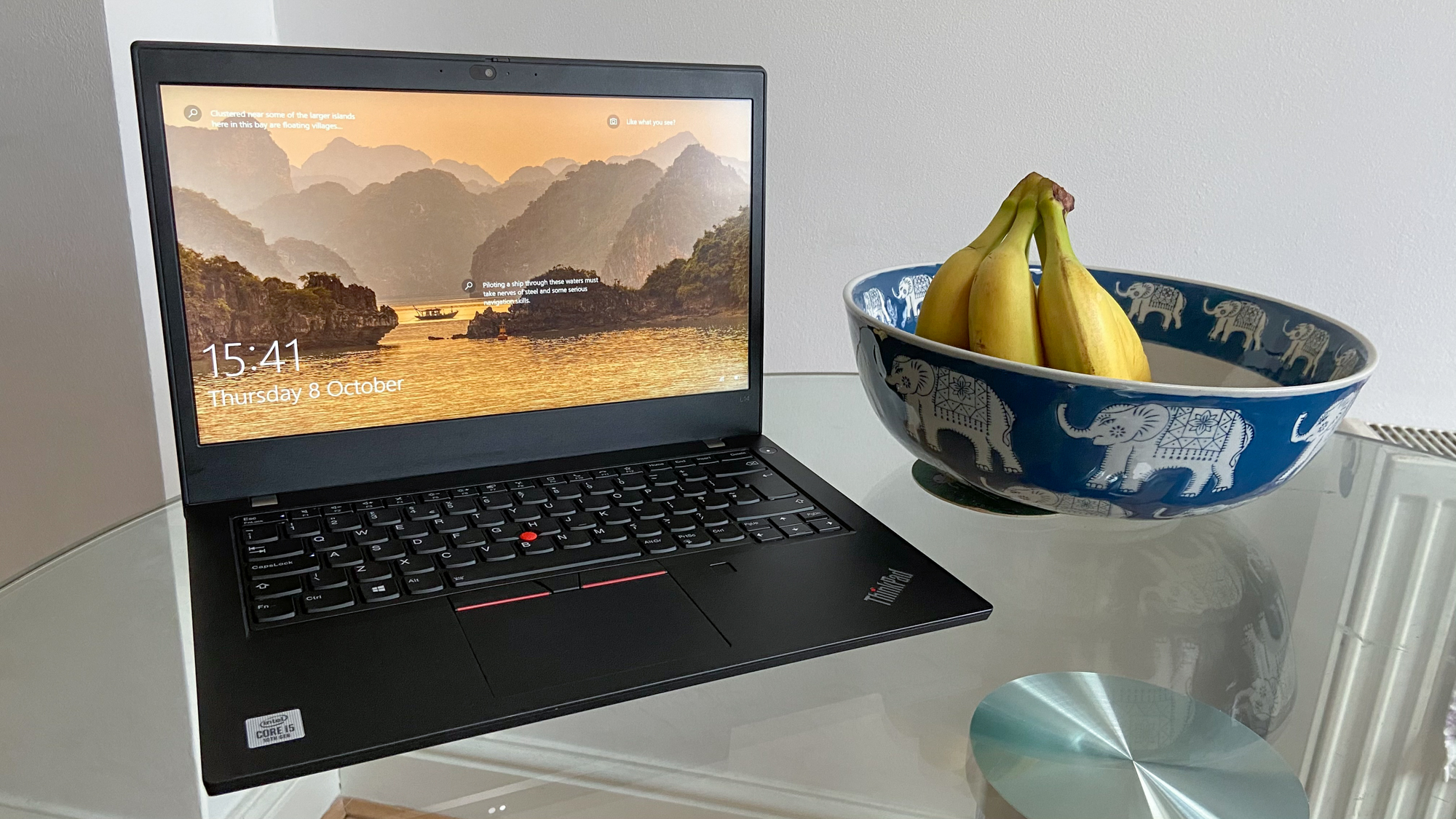 Lenovo ThinkPad L14 review: It’s not right but it’s okay
Lenovo ThinkPad L14 review: It’s not right but it’s okayReviews Pleasant enough for simple office tasks
By Sabina Weston
-
 The consumerisation of IT continues apace – here’s how your business can benefit
The consumerisation of IT continues apace – here’s how your business can benefitIn-depth BYOD may be a fact of business, but there are still more ways organisations can grow by embracing consumer tech
By Sandra Vogel